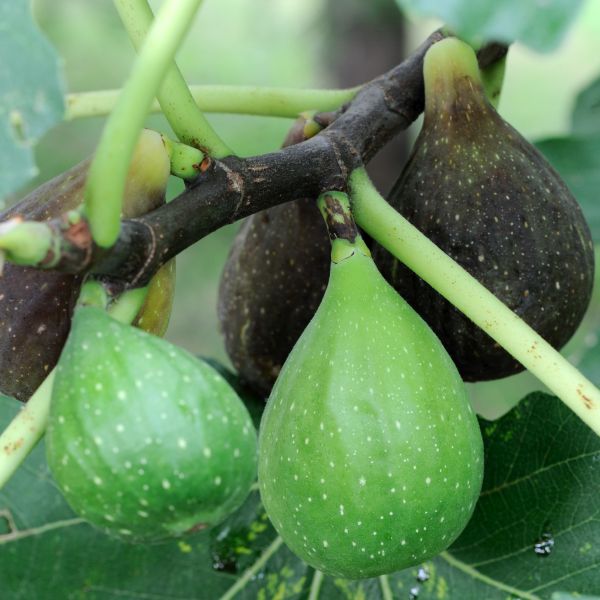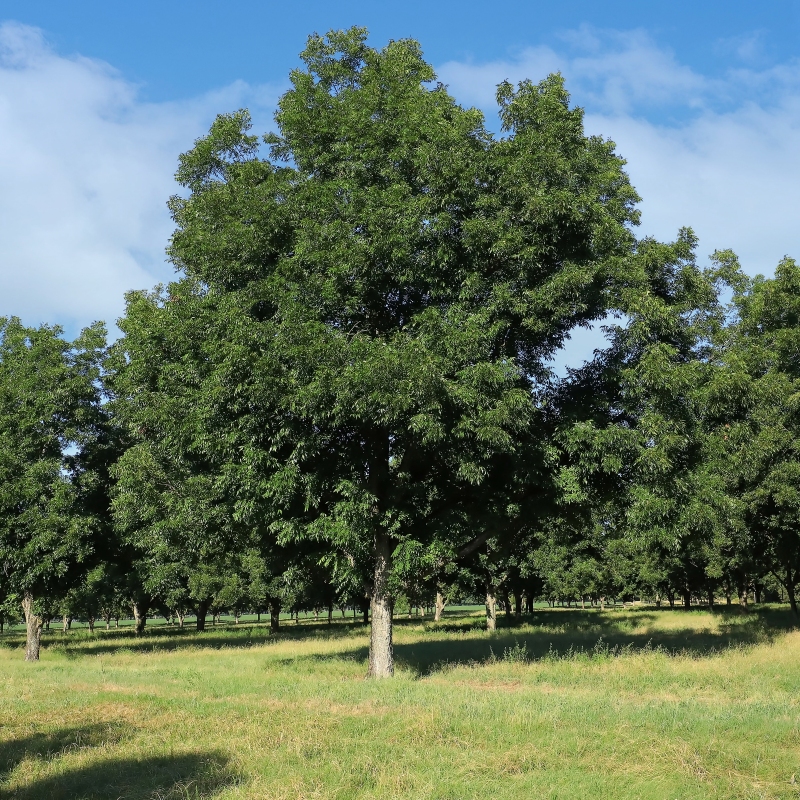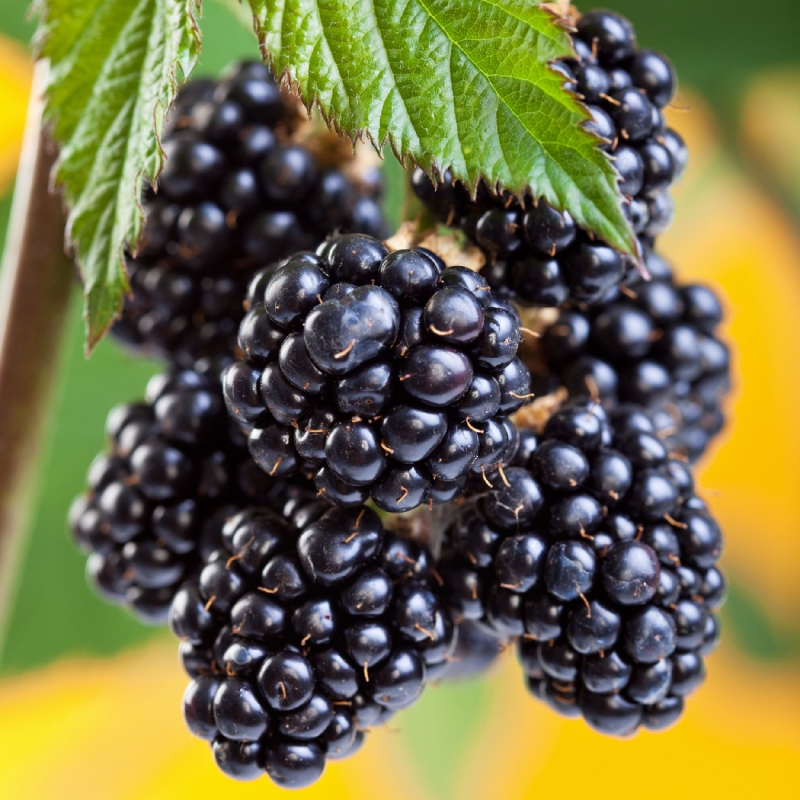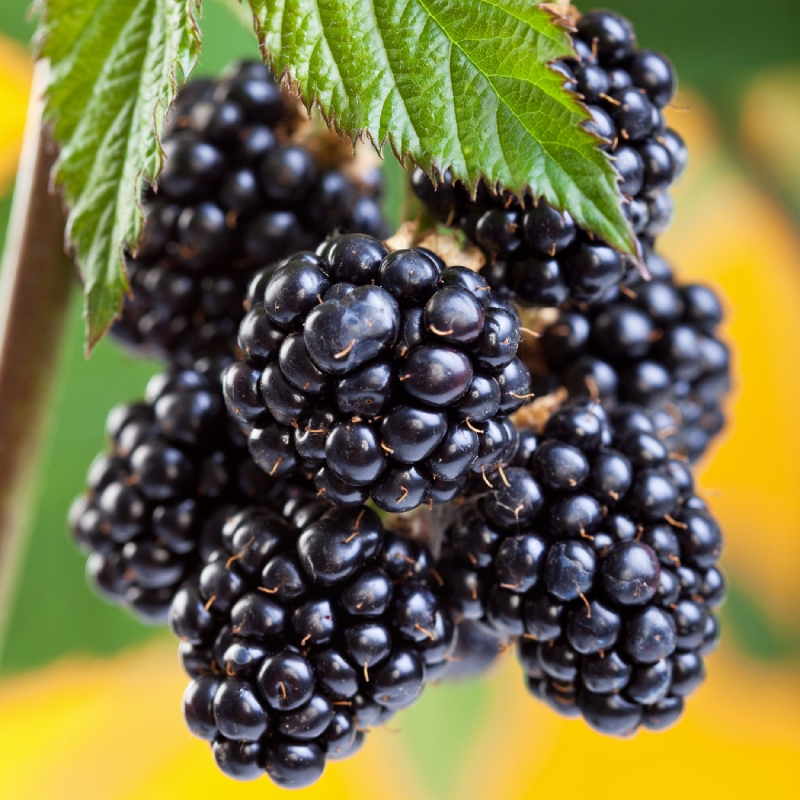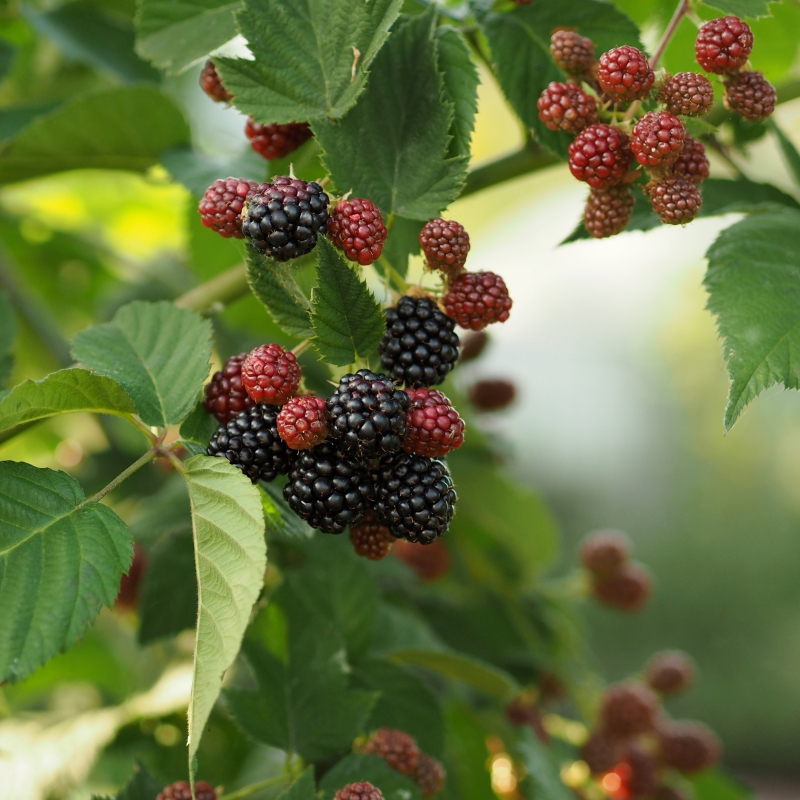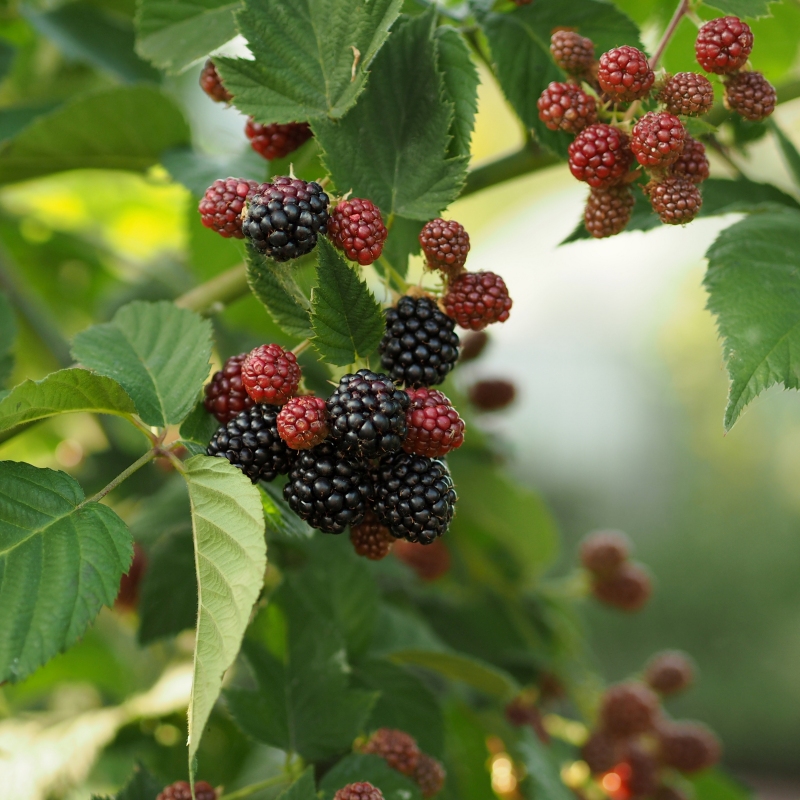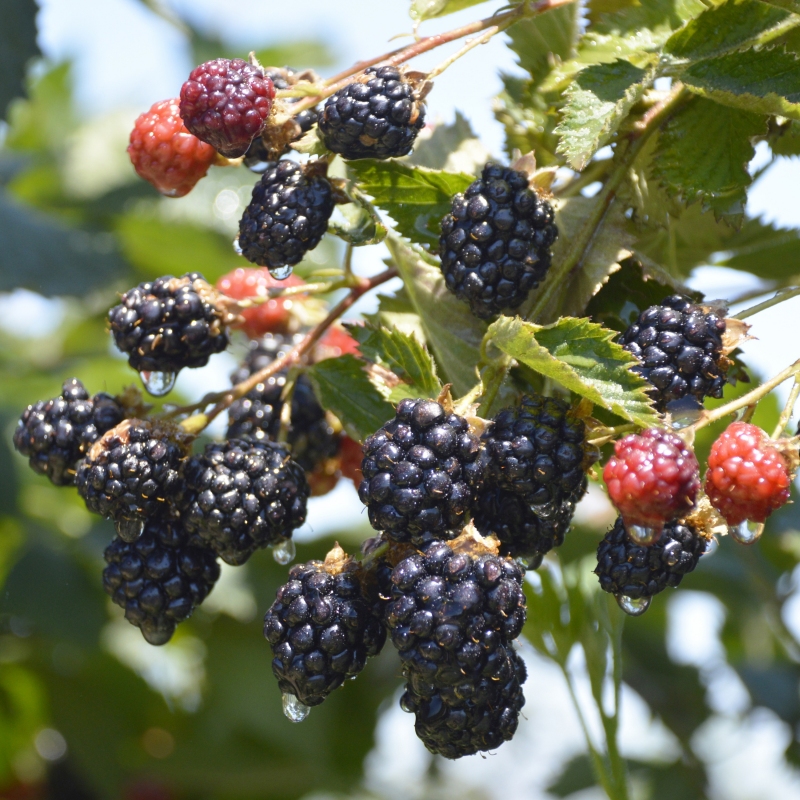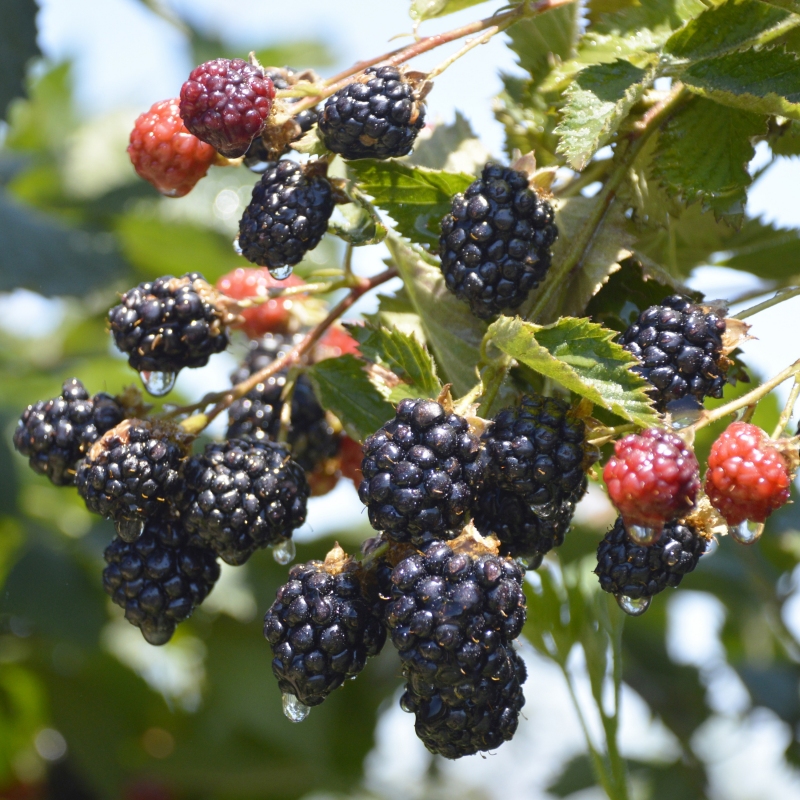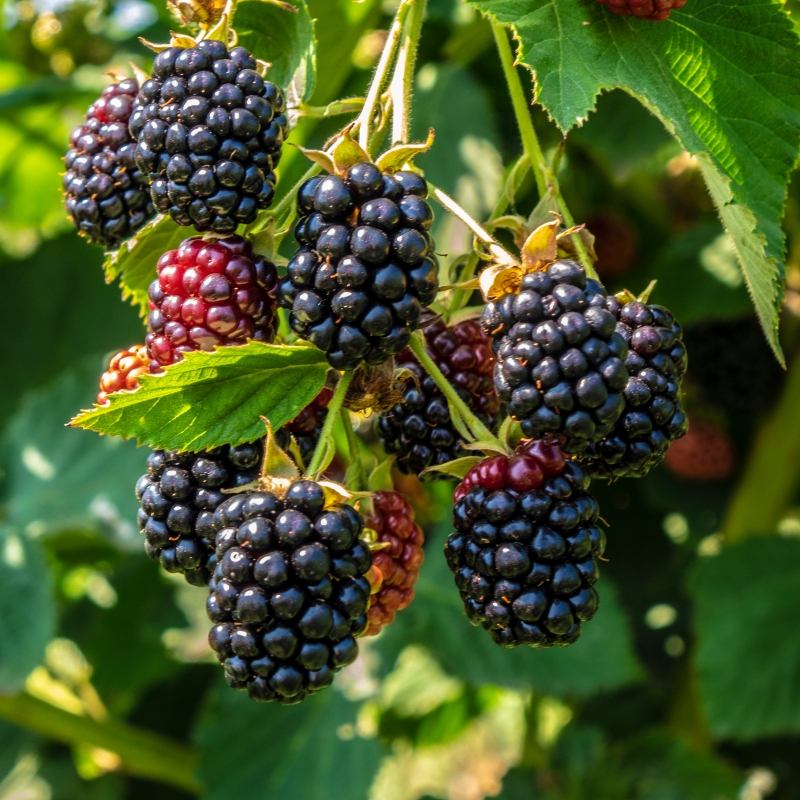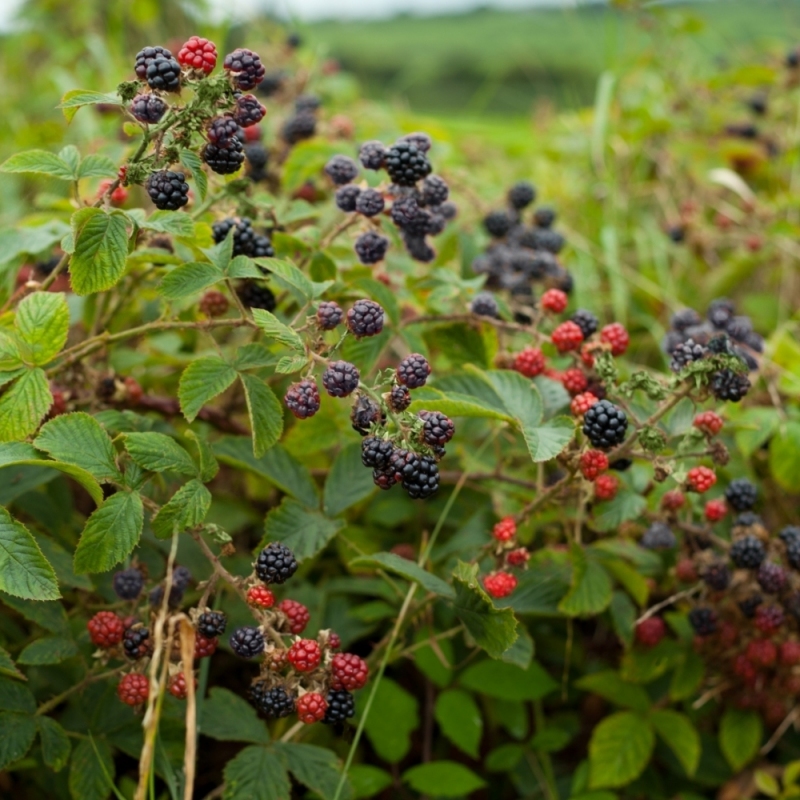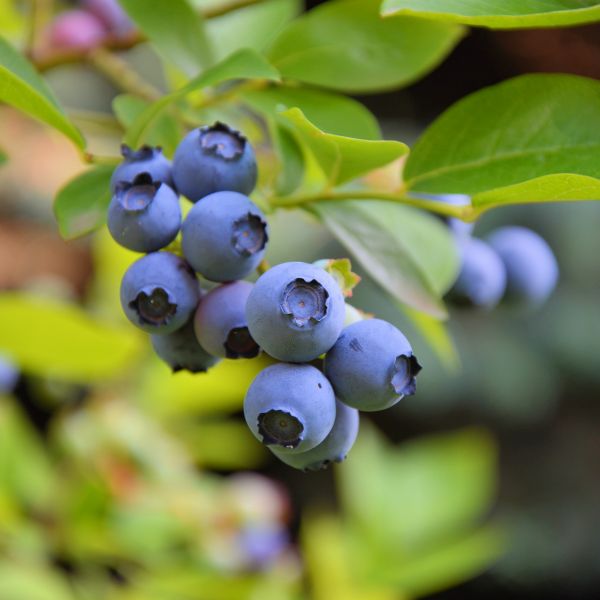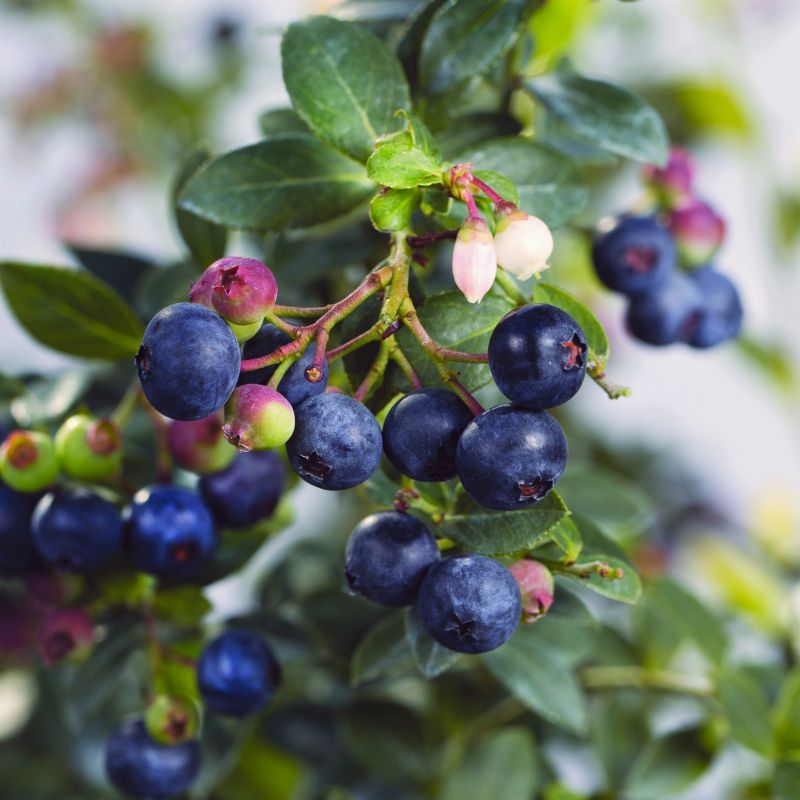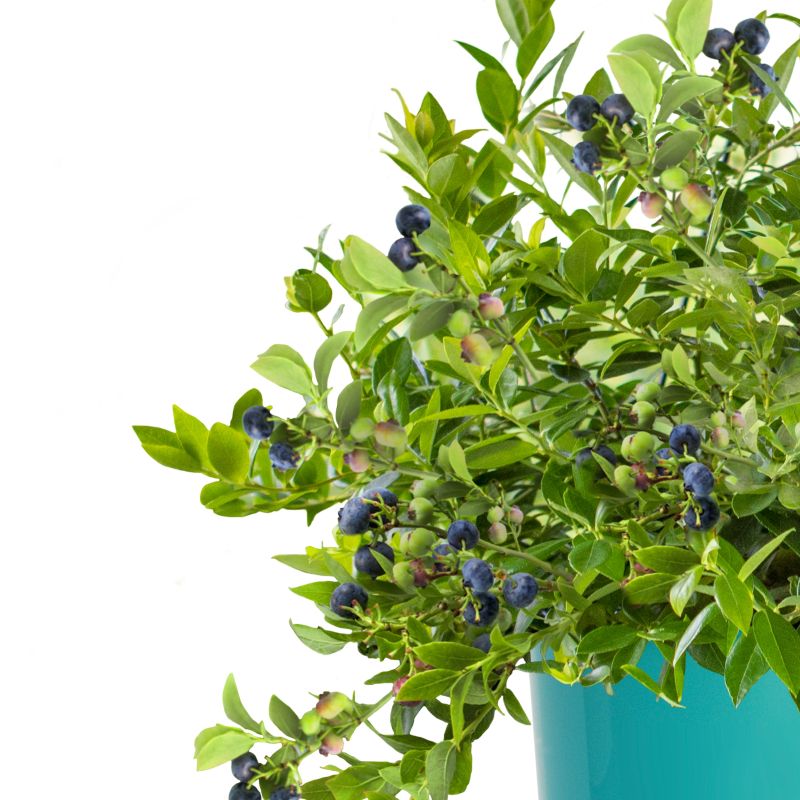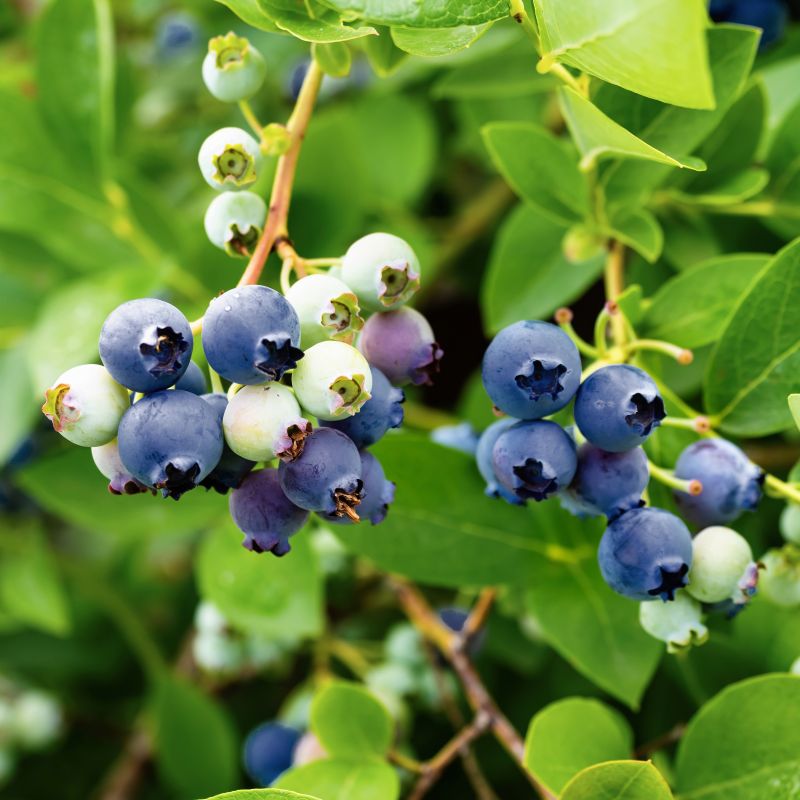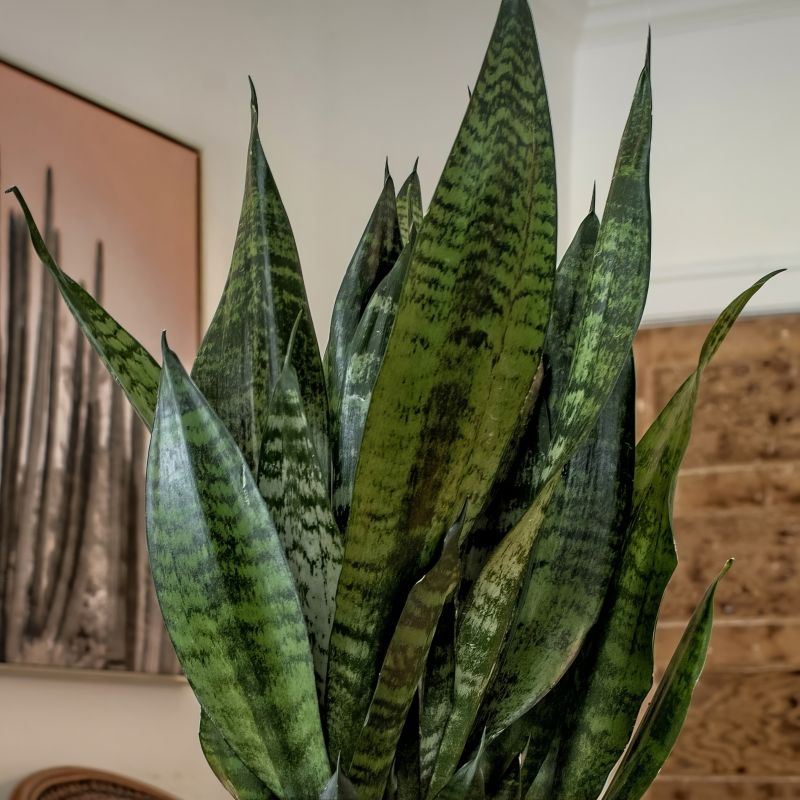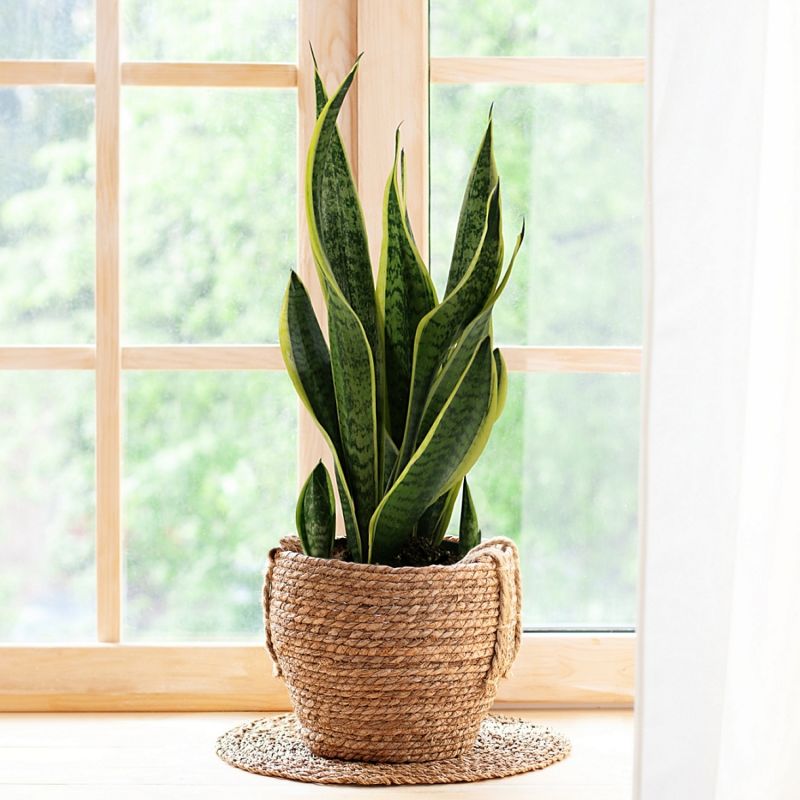

Laroda Plum Tree
Prunus salicina 'Laroda'
18 reviews


Laroda Plum Tree
Prunus salicina 'Laroda'
18 reviews
- Produces sweet and juicy plums
- Self-pollinating tree, so only one tree is needed for fruit production
- Resistant to many common plum diseases
- Ships to 43215 in 7-10 Days
- Free Shipping Over $150
- Plant Arrival Guarantee
- In Stock
- Free Plant Consult
$200
$115.00
$165.00
30% Off
2.5 Gallon 4-5 Feet
We are sorry, product is currently out of stock due to seasonal availability. Please check the "Related plants available in your area" section below
Why Laroda Plum Tree?
The Laroda Plum Tree (Prunus salicina 'Laroda') is a popular choice among gardeners due to its delicious, juicy fruits. This tree bears medium to large-sized plums with deep purple skin and sweet, yellow flesh. The fruit is excellent for fresh eating, baking, and canning. Additionally, the Laroda Plum Tree is known for its ornamental value, featuring beautiful blossoms in the spring and vibrant foliage in the fall.
Related plants available in your area
Sunlight
The Laroda Plum Tree requires full sunlight, which means it should be exposed to at least six to eight hours of direct sunlight each day to thrive and produce abundant fruit.
Watering
The Laroda Plum Tree has a moderate watering requirement. It should be watered regularly during the growing season, keeping the soil consistently moist but not waterlogged. However, it is important to allow the soil to dry slightly between waterings to pre
Fertilizing
The fertilizer requirements for the Laroda Plum Tree include applying a balanced fertilizer in early spring and again in late summer, following the recommended dosage on the fertilizer packaging.
Laroda Plum Tree (Prunus salicina 'Laroda')
The Laroda Plum Tree, scientifically known as Prunus salicina 'Laroda,' is a delightful deciduous fruit tree that belongs to the Rosaceae family. This small to medium-sized tree is highly regarded for its abundant harvest of delicious plums.
Specifications
- Botanical Name: Prunus salicina 'Laroda'
- Common Name: Laroda Plum Tree
- Family: Rosaceae
- Type: Deciduous Fruit Tree
- Mature Size: 15-20 feet tall, 15-20 feet wide
- Sun Exposure: Full sun
- Soil Type: Well-drained, fertile soil
- Watering Needs: Regular watering once established
Description
The Laroda Plum Tree produces medium to large-sized fruits that are deep purple in color, making them visually striking. The plums are incredibly juicy, sweet, and have a rich flavor that is perfect for fresh eating and cooking purposes. With its self-pollinating nature, the Laroda Plum Tree can produce an abundant harvest even when planted as a solitary tree.
Growth Habits
This plum tree typically grows in a round to oval shape and has a moderate growth rate. It presents with attractive dark green foliage, providing an elegant background for the colorful fruits. During spring, the tree showcases beautiful clusters of fragrant white flowers that not only add beauty but also attract beneficial pollinators to help with fruit set.
Care Guide
To ensure the health and productivity of your Laroda Plum Tree, it is recommended to plant it in full sun, allowing at least 6-8 hours of direct sunlight daily. It thrives in well-drained, fertile soil, but can tolerate a wide range of soil types. Regular watering, especially during dry periods, is important to promote optimal growth and fruit production.
Pruning the tree during the dormant season helps maintain its shape and encourages better airflow and light penetration throughout the branches. Adequate spacing between multiple trees is necessary to provide enough room for growth and airflow.
While the Laroda Plum Tree is generally considered resistant to most pest and disease problems, routine monitoring and proper sanitation practices are still recommended to prevent potential issues.
Harvesting and Use
The plums from the Laroda Plum Tree are typically ready for harvest in mid to late summer. You can determine their readiness by gently squeezing the fruit - it should have a slight give. Plums can be enjoyed fresh, used in cooking and baking, preserved as jams or jellies, or even dried for later use.
The Laroda Plum Tree is an exceptional addition to any garden or orchard, providing beauty, fresh fruit, and a touch of self-sufficiency. Bring the goodness of homegrown plums to your table by planting this delightful fruit tree.
Plant Information:
| Botanical Name: | Prunus salicina 'Laroda' |
| USDA Zones: | 6-9 |
| Water: | Moderate |
| Exposure: | Full Sun |
| Soil Needs: | Well Drained |
| Mature Height: | 18 - 20 feet |
| Mature Spread: | 10 - 12 feet |





Pollination Info
Pollination Information for Laroda Plum Tree (Prunus salicina 'Laroda')
The Laroda plum tree (Prunus salicina 'Laroda') is a self-fertile variety, meaning it can pollinate itself and produce fruit without the need for a pollination partner. However, having a compatible pollinator nearby can increase fruit set and improve overall yields.
If you wish to maximize fruit production and potentially increase its quality, it's recommended to plant another Japanese plum variety nearby to serve as a cross-pollinator. Some suitable pollinators for the Laroda plum tree include:
- Santa Rosa Plum (Prunus salicina 'Santa Rosa')
- Burgundy Plum (Prunus salicina 'Burgundy')
- Methley Plum (Prunus salicina 'Methley')
- Shiro Plum (Prunus salicina 'Shiro')
These varieties bloom around the same time as the Laroda plum tree and have compatible flowering periods, ensuring good cross-pollination.
It's important to note that although the Laroda plum tree is self-fertile, having a cross-pollinator can further enhance fruit set and improve the quality of the fruit. Additionally, cross-pollination helps attract more pollinators to the orchard for better overall fruit production.
FAQ
Laroda Plum Tree (Prunus salicina 'Laroda') FAQ
1. What is the optimum growing zone for the Laroda Plum Tree?
The Laroda Plum Tree thrives in USDA hardiness zones 5-9.
2. How tall does the Laroda Plum Tree grow?
The height of a matured Laroda Plum Tree can reach around 15 to 20 feet.
3. What is the preferred soil type for planting the Laroda Plum Tree?
The Laroda Plum Tree prefers well-draining soil with a pH level ranging from 6.0 to 7.5.
4. Does the Laroda Plum Tree require full sunlight?
Yes, the Laroda Plum Tree thrives in full sunlight. It requires a minimum of 6 hours of direct sunlight per day.
5. How often should I water my Laroda Plum Tree?
Water your Laroda Plum Tree deeply once a week, especially during hot and dry periods. Ensure the soil is consistently moist but not waterlogged.
6. When is the best time to prune the Laroda Plum Tree?
Pruning should be carried out during late winter or early spring while the tree is still dormant. This will promote healthy growth and enhance fruit production.
7. Does the Laroda Plum Tree require a pollinator?
No, the Laroda Plum Tree is self-pollinating. However, planting another plum tree nearby can increase fruit set and improve overall yield.
8. How long does it take for the Laroda Plum Tree to bear fruit?
Generally, it takes about 3 to 4 years for the Laroda Plum Tree to start bearing fruit, although it may vary depending on growing conditions.
9. How do I protect my Laroda Plum Tree from pests and diseases?
Regularly inspect your tree for signs of pests or diseases. Apply appropriate insecticides or fungicides as needed and follow recommended spraying schedules. Maintaining good tree hygiene and providing adequate air circulation can also help prevent disease issues.
10. When is the harvesting season for Laroda plums?
The harvesting season for Laroda plums typically occurs in late summer, usually around August to early September.
Planting & Care
Planting & Care for Laroda Plum Tree (Prunus salicina 'Laroda')
Planting
- Choose a planting location that receives full sun and has well-draining soil.
- Dig a hole that is twice as wide and equally deep as the root ball of the tree.
- Remove the tree from its container and gently loosen the roots.
- Place the tree in the center of the hole, making sure that the bud union (swollen area where the tree was grafted onto the rootstock) is slightly above the soil line.
- Backfill the hole with soil, tamping down gently to remove any air pockets.
- Water thoroughly after planting to settle the soil.
Care
- Watering: Keep the soil consistently moist, especially during dry periods. Avoid over-watering as it can lead to root rot.
- Fertilization: Feed the tree with a balanced, slow-release fertilizer in early spring and again in early summer.
- Pruning: Prune in late winter or early spring to remove dead, diseased, or crossing branches. Thin out crowded areas to improve airflow and light penetration.
- Pollination: While some plum trees are self-pollinating, Laroda plum trees benefit from cross-pollination with another compatible plum variety planted nearby. Adding a pollinator tree can increase fruit production.
- Pest and Disease Control: Monitor the tree for any signs of pest infestation or disease. Treat accordingly with organic sprays or insecticides if necessary.
- Harvesting: Laroda plums are typically ready for harvest in mid-summer. They will have a deep purple color and a somewhat firm texture when ripe. Gently twist or lightly tug the fruit to separate it from the tree.
Check Out These Verified Customer Reviews:
Customer Reviews
4.7 out of 5 based on 18 reviews
Thank you! Your review has been submitted.
Very impressed with the quality of the Laroda Plum Tree. Thriving well.
Great customer service
Easy ordering process
Item has been added to your cart.




